Expert Blog
Skin care myths, mistakes and FAQs
Skin care isn’t complicated, but it’s easy to get wrong.
Over the years, we’ve heard all sorts of advice passed around gyms and crags. Some of it’s helpful. Some of it, not so much. This article clears up the confusion so you can make smarter choices for your skin and your climbing.
Common myths about climbing skin care
Here is a list of things we hear from time to time and our thoughts on each myth.
- Moisturiser makes your skin soft and useless
False. Good moisturiser like KletterRetter hand cream keeps your skin flexible, not soft. Dry, brittle skin is more likely to crack and split. Hydrated skin heals faster and tolerates friction better. - You should file your skin every day
Only if you’re training hard daily and developing thick edges. Over-filing thins your skin too much. Aim for once to twice per week, and always follow with KletterRetter hand cream. - Chalk is harmless, use as much as you need
Chalk dries out your skin. Too much = polished skin, cracks, and callus buildup. Use chalk wisely and choose types that match your skin and session. - Calluses are bad and should be removed completely
Calluses are your skin’s natural armour. The goal is to keep them smooth and even, not eliminate them. Use a KletterRetter skin file to control buildup, but never sand them down to baby skin. - Climb through the pain and toughen up your skin
Climbing on damaged skin doesn’t toughen it. It slows healing and increases injury risk. Follow your personal skin care routine, rest when needed, and come back stronger. - Taping an injury will tear the skin when you remove it
Good climbing tape isn’t actually very sticky. It only sticks lightly to the skin, but sticks well to itself. The trick is to stick tape on tape instead of onto your skin. - My feet and my shoes smell bad because of genetics
What you are smelling is bacteria. Bacteria needs moisture and warmth to develop. Keeping your feet clean and your shoes dry with SmellWell can work wonders on eliminating those nasty smells.
Common mistakes climbers make
We’re all human, and we make mistakes. Even experienced climbers sometimes make simple mistakes.
- Not moisturising after sessions
If you use chalk and wash your hands, your skin needs recovery. Apply Handcreme or Repair Balsam after every session—especially in dry or cold conditions. - Reusing old tape over wounds
Dirty tape traps bacteria. Always use clean, finger tape from your personal skin kit. - Forgetting to drink enough
Dehydrated skin is brittle, thin, and more prone to splitting. Remember to drink consistently before, during, and after climbing, especially in warm gyms or on sunny days. - Thinking foot care doesn’t matter
Your feet take a beating too. Dry, cracked heels or fungal issues can ruin your session. Use KletterRetter foot cream weekly and rotate shoes to allow them to dry. - It’s not sunny today, I can skip the sunscreen
80% of UV rays get through the clouds. Exposed skin can burn fast, especially with chalk exposure. Always remember to apply KletterRetter sunscreen on days with high UV levels.
FAQs
As the handcare experts, we get asked all sorts of questions. Here are a few common questions and their answers.
- Q: When is the best time to apply hand cream or balsam?
A: After climbing, before bed, and on rest days. KletterRetter hand cream absorbs quickly and works well during the day. Our Repair Balsam or Skindisc/Beediscs are best used overnight or with a bandage, giving your skin more time to regenerate. - Q: Should I use chalk if my skin is cracked?
A: Only if you have to. Cover the crack with tape and use liquid chalk or cream chalk to reduce dust and friction. - Q: Can I still climb with a flapper?
A: Yes, but clean it, apply KletterRetter Repair Balsam, and tape it properly. Don’t push if it’s deep or painful. - Q: How do I know when I should use a skin file?
A: If your skin stings on contact or feels “thin and glassy,” file less often and moisturise more frequently. Post-session filing and removing loose and dead skin helps keep your skin smooth and reduces buildup over time. - Q: Can I use regular lotion instead of climbing-specific products?
A: Maybe, but check the ingredients. Many drugstore creams can be problematic due to potential health and environmental risks from harmful ingredients or inadequate care properties. These ingredients can clog skin, cause irritation, or leave hands greasy. KletterRetter products are tested for climbing conditions. - Q: Do I need a first aid kit even if I’m just bouldering at the gym?
A: Yes. Flappers, cuts, and split nails can happen anywhere. A compact KletterRetter first aid kit and a (personal skin care set) is lightweight and fits in any gym bag.
Final reminder:
Skin care is part of training. If you take care of your skin like you take care of your fingers, shoulders, and tendons—you’ll climb more, rest less, and get stronger faster.



